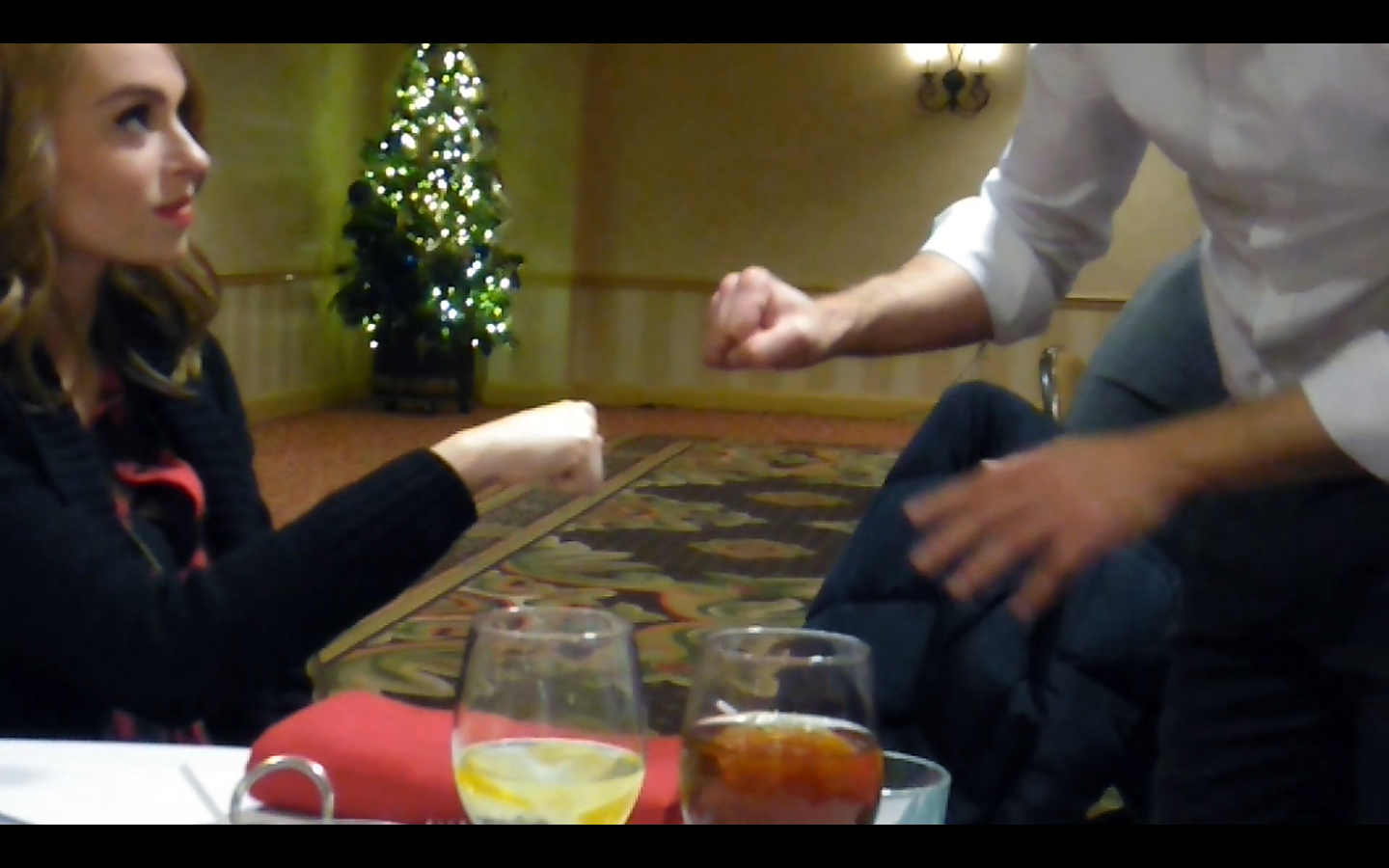In theatrical illusion, misdirection is a method of deceit that attracts attention of the audience to a certain thing to distract it from another. Managing audience attention is the goal of every theatre, and is the primary need of any magic act. Whether the magic is of the “pocket trick” variety or the stage is a major productionmisdirection is the main key to the success. The term describes either the result (the the focus of the observer on an unimportant object) or the sleight of hand and patter (the magician’s speech) that creates the illusion.
It is difficult to say who coined the term, but the first mention of misdirection is found in the writing of an influential author and performer, Nevil Maskelyne. it involves spooking the senses of the audience to hide from detection certain details that require secrecy. At the same time, the magician, writer, artist and performer Harlan Tarbell noted, Nearly the whole art of illusions is based on the art of misdirection.
A few magicians who have studied and refined techniques of misdirection include Paul Rosini, Max Malini, Derren Brown, Tommy Wonder, Juan Tamariz, Slydini, as well as Dai Vernon.
Henry Hay describes the chief conjuring process as a manipulating interest.
Some magicians can divert attention from the audience by using two fundamental ways. One causes the audience to glance away for a brief moment, so they do not notice a act or gesture. Another approach alters the audience’s perception, distracting them to believe that some other factor can be a factor in the performance even though it has no bearing on the effect at all. Dariel Fitzkee notes that The most effective magic is the ability he exhibits in influencing the mind of the audience. In addition, sometimes, props such as the magic wand can aid in misdirection.

Misdirection is the cornerstone of nearly all successful magic. Without it, even the a mechanical gimmick or the most proficient sleight of hand is unlikely to make an impression of real magic.
Misdirection makes use of the limitations of human brains to create a false picture and memory. The mind of a typical spectator can only focus on one thing at the time. The magician makes use of this technique to alter the audience’s ideas or perceptions of sensory inputwhich leads them to incorrect conclusion.
Some magicians have debated the meaning of the term, misdirection, causing a great deal of discussion about the meaning of it and how it functions. Celebrated magician Jon Finch identified a difference in misdirection from direction. The first is a negative phrase, and the other positive. In the end, he considers both as one thing. If a performer some means, has directed the minds of the audience to conclude that he has done something he hasn’t done, he has wrongly led them to believe thiswhich is why he has misdirected them.
Tommy Wonder has pointed out that it is much more effective, from the magician’s perspectiveto focus on the positive aim of directing the audience’s attention. He states that misdirection is the wrong direction. It suggests that attention is directed away from something. By constantly using this termit becomes it is ingrained into our brains that we might start to see misdirection as taking the attention away from instead of towards something.

Slydini said that if the magician believe that, the public will believe it and magicians are something that they cannot see. Misdirection is true when they believe in what the magician is doing and then follow the magician. site